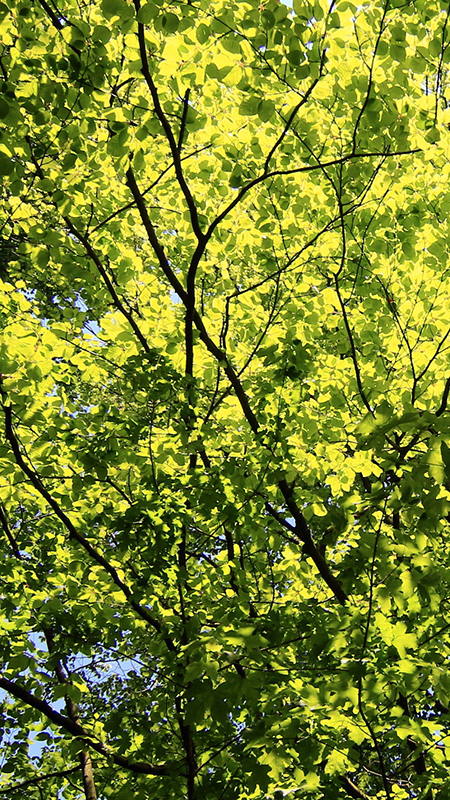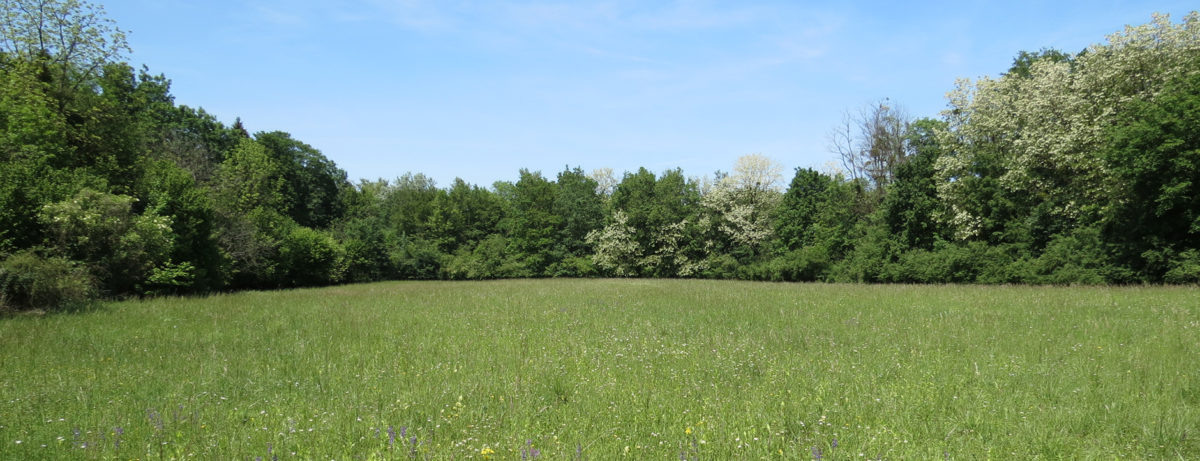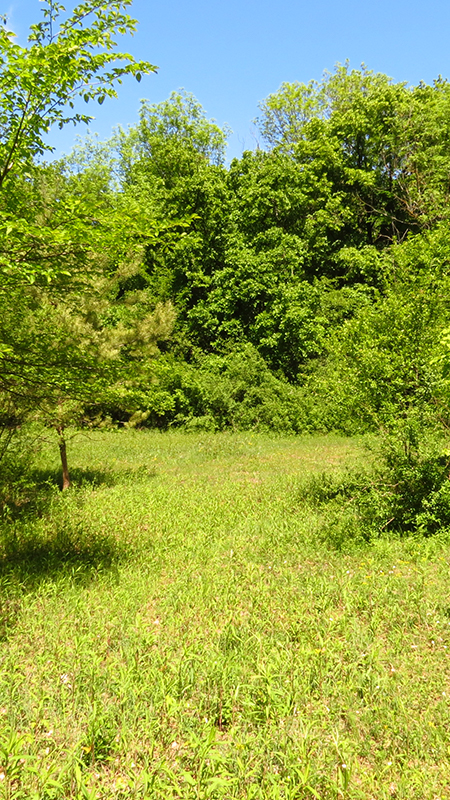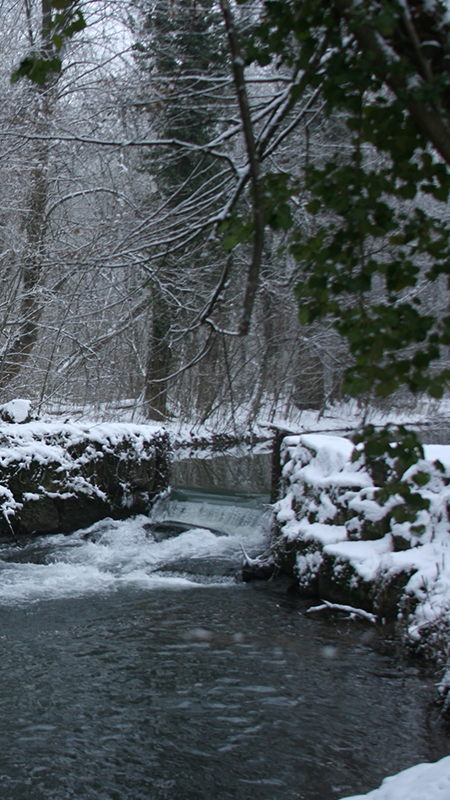

Open habitats in Illkirch-Neuhof nature reserve
From Le Heyssel through the micro-clearings to the meadows of La Faisanderie, islands of meadow habitat can be found around the forest
Although largely dominated by the forest, Illkirch-Neuhof Nature Reserve contains pockets of meadow habitat. With the exception of the Heyssel site at the southern border, these habitats are small patches disconnected from one another within the forest cover.
The Heyssel meadow is the largest in the reserve (11.6 ha) and has become a precious natural feature due to the different habitats found there. Located in the area of Illkirch-Graffenstaden, the meadow is the property of the Bas-Rhin Departmental Council that has entrusted its management to the Conservatoire des Sites Alsaciens. The site’s environmental vocation preceded its classification as a nature reserve. It resulted from compensatory mitigation measures implemented to offset a road scheme. A portion of the surface area was former cornfields converted into meadow in 1998.
A consequence of their isolation within the forest and their small surface area, the other meadows on the site are composed of habitats that are poorer in terms of species diversity and yet are just as interesting for the mosaic of habitats present in the reserve.
Four types of habitat have been identified in the reserve:
- Sub-Atlantic semi-dry calcareous grassland
- Xero-mesophile medio-European lowland hay meadows
- Atlantic and sub-Atlantic humid meadows
- Anthropogenic herbaceous vegetation
The preservation of these habitats is one of the reserve’s key objectives since it promotes biotope diversification and protects the remarkable plants growing there. Management measures have been put in place to prevent their enclosure, limit the development of invasive alien species[1] and maintain the native flora and fauna.
Some of these habitats are habitats of European interest which justify the reserve’s inclusion in the Natura 2000 network.
These habitats are according to the Natura 2000 nomenclature:
- 6210 Semi-natural dry grasslands and scrubland facies on calcareous substrates;
- 6410 Molinia meadows on calcareous, peaty or clayey-silt-laden soils;
- 6430 Hydrophilous tall herb fringe communities of plains and of the montane to alpine levels;
- 6510 Lowland hay meadows (Alopecurus pratensis, Sanguisorba officinalis).
[1] An invasive alien species (IAS) is an alien or non-native species introduced by humans, accidentally or intentionally, that threatens the ecosystems, natural habitats and native species of an area generating negative environmental, economic and health consequences.
Neuhof-Illkirch Nature Reserve contains approx. 20 ha of open habitats.

Rich and diverse environments


